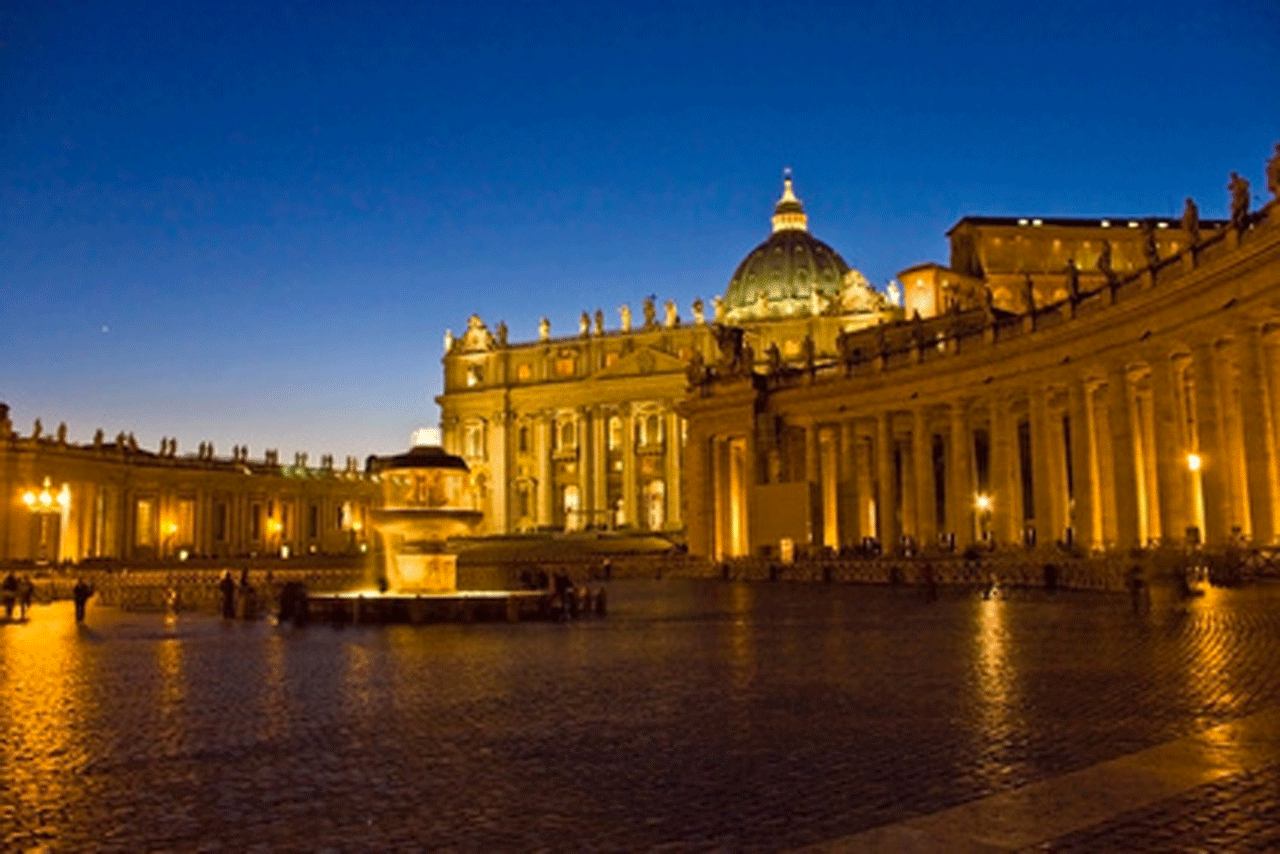Vatican City is the administrative and spiritual center of the Roman Catholic Church and the primary residence of the Pope. Situated within a walled enclave in Rome, just beyond the banks of the Tiber River, it is one of the most frequently visited sights in Italy’s capital. Due to its religious and historic significance, as well as the outstanding examples of art, design, and architecture to be found there, Vatican City is a really fascinating and beautiful place to experience. It appeals to a wide variety of people, from tourists and pilgrims to historians and artists, so do make sure to add it to your sightseeing itinerary when you’re visiting Rome!
Here are 5 interesting facts to enhance your experience when you visit Vatican City.
1. Vatican City is the world’s smallest country
Vatican City State was established on February 11th 1929 when the Lateran Treaties between the Holy See and the state of Italy were signed. Comprising just over 100 acres, it is the smallest country in the world and its status as a sovereign city-state is universally recognized under International Law. Approximately 800 individuals live within Vatican City, including the Pope, and around 450 people hold citizenship. However, only half of the Vatican’s citizens actually live there—due to their occupations, many of them are required to live in different parts of the world.
2. It is home to the largest religious building in the world
St Peter’s Basilica (Basilica di San Pietro) in Vatican City is the largest religious building in the world, covering an area of 227,065 square feet. Designed in the Renaissance style, the basilica we see today was constructed over 120 years, between 1506-1626, on the site of an earlier 4th-century church that had fallen into disrepair.
The magnificent dome of St Peter’s Basilica was designed by Michelangelo and based on Brunelleschi’s Duomo in Florence. The interior is outstanding and houses many incredible works of art, including Michelangelo’s Pietà, and Bernini’s gilded bronze Baldacchino.
3. The ceiling in the Sistine Chapel took 4 years to paint
Perhaps the most famous work of art by Michelangelo, the ceiling in the Sistine Chapel is one of the main draws to Vatican City. Painting began in 1508, but the Renaissance master had to take a year-long break in 1510 due to the toll of such a monumental project.
Michelangelo eventually completed the 12,000-square-feet frescoed ceiling in 1512. To this day, his work of genius inspires the millions of visitors, pilgrims, and artists who visit Vatican City each year.
4. The Vatican’s popularity is a threat to its artwork
Vatican City attracts more than 20,000 visitors per day during the summer, which is an inordinate amount for such a small place! To protect its most precious work of art—Michelangelo’s ceiling in the Sistine Chapel—the Vatican has had to limit the number of people permitted to enter the chapel to 6 million per year. This is because dust, carbon dioxide, and body sweat all pose a significant threat to this historic and delicate masterpiece. Climate control systems were also introduced to filter the air inside the chapel.
5. It has its own post office and bank
Vatican City has its own passports, postal service and stamps, bank and euro, telephone system, radio station, pharmacy, and national football team! The postal service is actually one of the most efficient in the world, so much so that many Romans go there specifically to post their mail. In 2000, the Vatican adopted the euro as its official currency. It is also permitted to mint its own euro coins, which are legal tender throughout the eurozone. The Vatican Bank ATMs instruct users in Latin, so when the display reads “inserito scidulam quaeso ut faciundam cognoscas rationem”, you are being prompted to insert your card!


